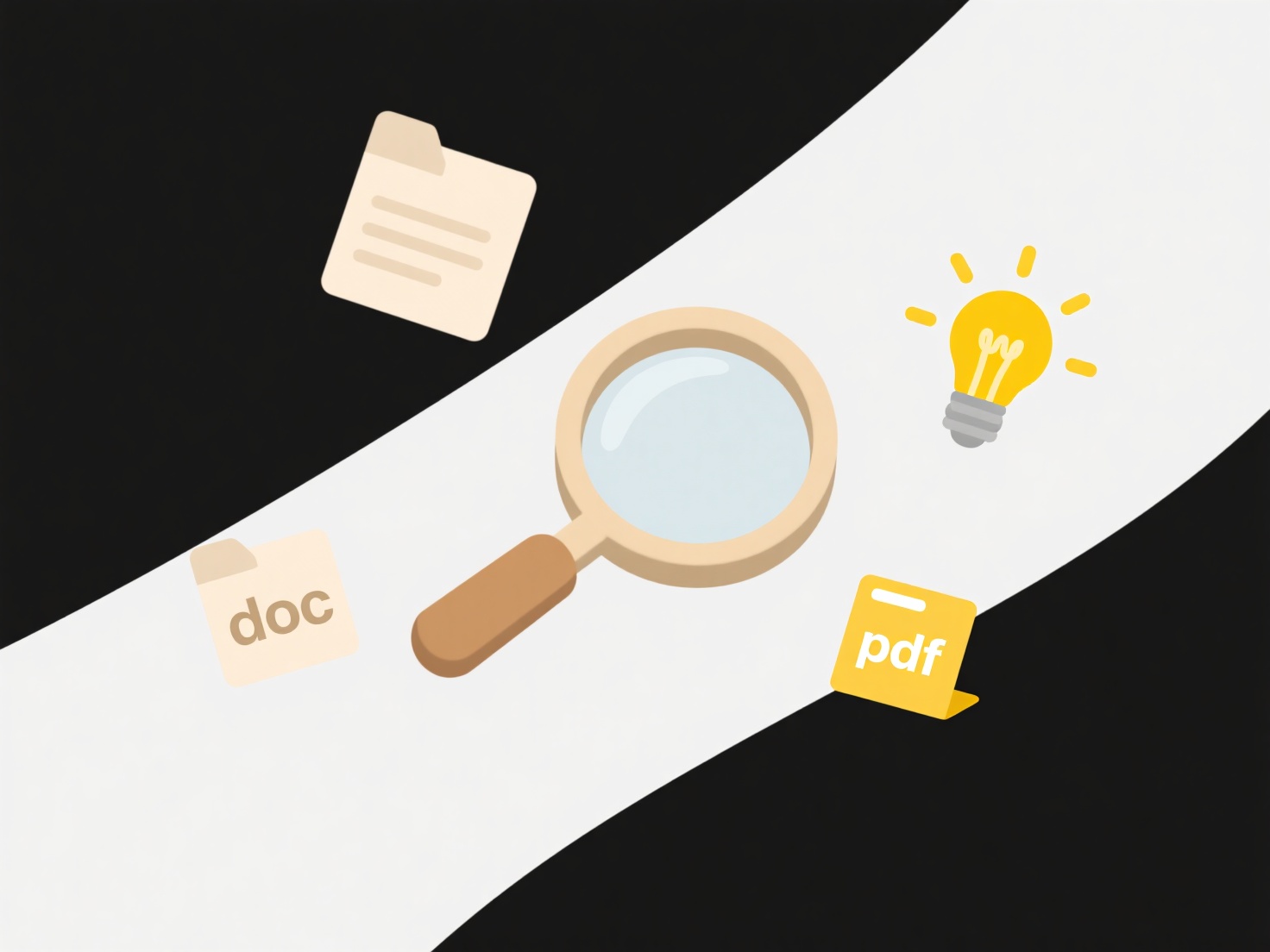
Streaming from cloud refers to the immediate delivery and playback of media content or real-time data directly from remote internet servers, bypassing the need to download and store the entire file locally on your device. Unlike downloading, where you must wait for the complete file to transfer before accessing it, streaming sends data in a continuous flow and begins playback almost instantly after a small initial buffering. The content resides on powerful servers managed by a provider, often referred to as the "cloud".
This method is most commonly used for entertainment services like watching movies and shows on Netflix, Disney+, or listening to music on Spotify. It's also crucial for cloud gaming platforms like Xbox Cloud Gaming or GeForce Now, where the game is rendered on remote servers and the video output is streamed live to a user's device, demanding minimal local processing power beyond displaying the video feed and sending control inputs.

Key advantages include instant access without waiting for downloads, saving local storage space, and accessing high-quality content without requiring expensive hardware on the user's end. Limitations primarily involve reliance on consistent, high-speed internet connectivity; poor connections cause buffering or quality drops. Ethically, DRM (Digital Rights Management) is heavily used to control access and prevent piracy. The technology enables wider access but centralizes control with service providers. Future improvements focus on reducing latency for interactivity and expanding access through 5G.
What does "streaming from cloud" mean?
Streaming from cloud refers to the immediate delivery and playback of media content or real-time data directly from remote internet servers, bypassing the need to download and store the entire file locally on your device. Unlike downloading, where you must wait for the complete file to transfer before accessing it, streaming sends data in a continuous flow and begins playback almost instantly after a small initial buffering. The content resides on powerful servers managed by a provider, often referred to as the "cloud".
This method is most commonly used for entertainment services like watching movies and shows on Netflix, Disney+, or listening to music on Spotify. It's also crucial for cloud gaming platforms like Xbox Cloud Gaming or GeForce Now, where the game is rendered on remote servers and the video output is streamed live to a user's device, demanding minimal local processing power beyond displaying the video feed and sending control inputs.

Key advantages include instant access without waiting for downloads, saving local storage space, and accessing high-quality content without requiring expensive hardware on the user's end. Limitations primarily involve reliance on consistent, high-speed internet connectivity; poor connections cause buffering or quality drops. Ethically, DRM (Digital Rights Management) is heavily used to control access and prevent piracy. The technology enables wider access but centralizes control with service providers. Future improvements focus on reducing latency for interactivity and expanding access through 5G.
Quick Article Links
How do I structure folders by frequency of use?
Structuring folders by frequency of use involves organizing your digital filing system to prioritize accessibility for t...
How do I rename files while keeping embedded metadata intact?
Renaming files typically refers to changing their displayed name without altering the file's core data content. Embedded...
Can I use both cloud and local storage together?
Hybrid storage combines local devices (like hard drives or network-attached storage) with cloud services (such as AWS S3...